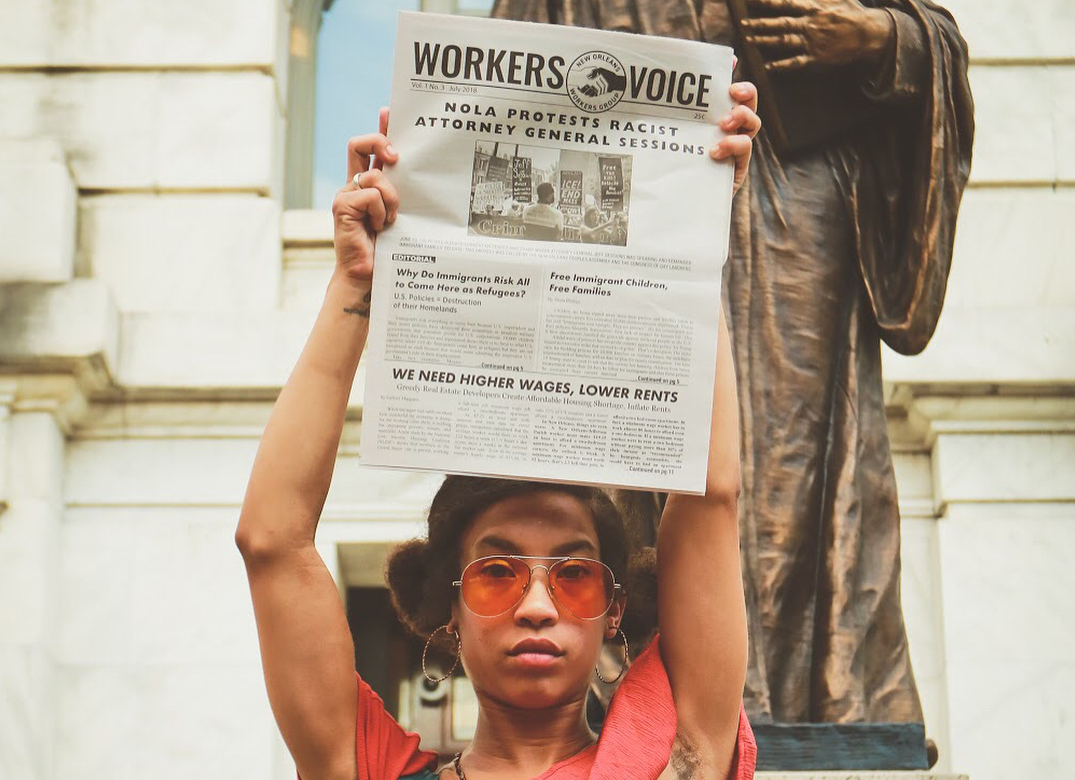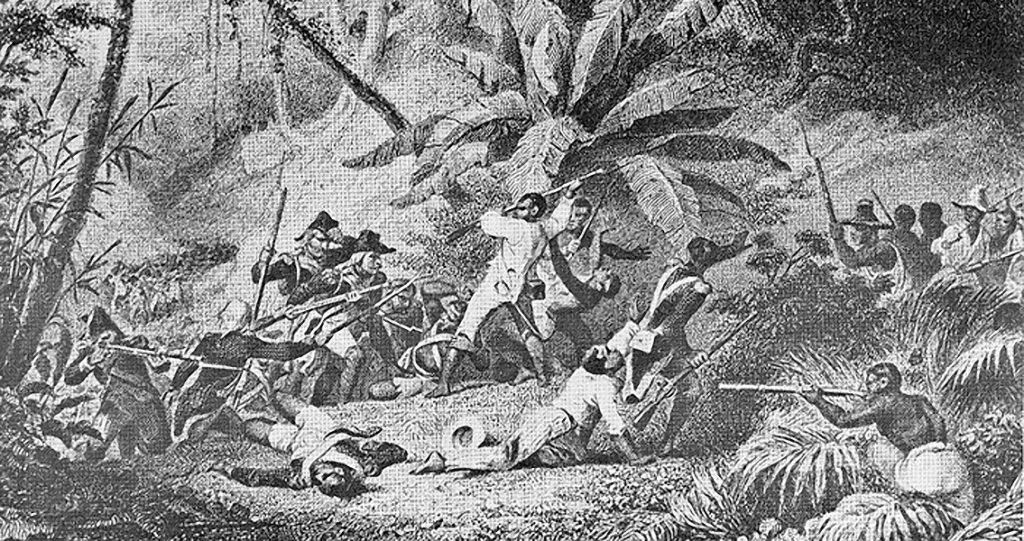
By Malcolm Suber
2019 marks the 400th anniversary of the introduction of captured Africans as exploited laborers on present day US soil. For the Black masses it has meant 400 years of vicious white supremacist rule. 400 years of oppression and discrimination. 400 years of exploitation as unpaid and under-paid labor. 400 years of last hired and first fired. 400 years of rape, lynching and police murder. 400 years of denial of the right to self-determination.
Those captured Africans of 1619 on the slave-ship Jesus were sold into indentured service in the Jamestown colony in Virginia. The white ruling class farm owners soon saw an advantage in making the 7-year indenture for the Africans a permanent feature of their capture. The captured Africans were of a different culture and skin color of the European settlers and could be easily isolated. That transition of the captured Africans from indentured servant to chattel slavery almost permanently stained the relationship between Black and white workers.
The large landowners had to create a justification for holding other human beings into permanent chattel slavery. Their ideological champions invented the anti-human concept of white supremacy. The basic proposition was that the Africans and other non-Europeans were a sub-species of the human tree and that Europeans had a God-given right to civilize and make the “inferior” African into a useful being. White supremacy thus became the great divide that allowed for the importation of millions of captured Africans into the new world and the genocide of the indigenous nations who lived in the Americas.
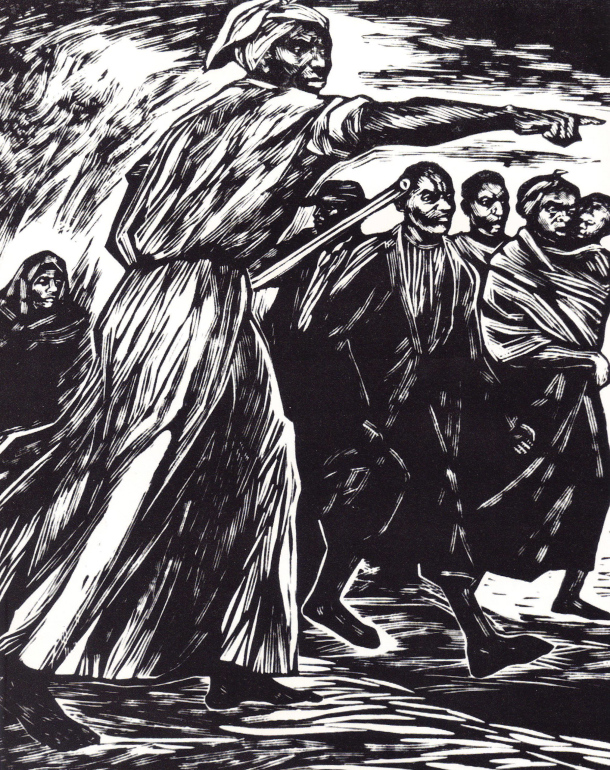
Oppression breeds resistance
Those captured Africans, of course, were not robots. They understood both freedom and captivity. Those most conscious fought to the death on the African continent, during the middle passage, and upon arrival in the Americas to regain their freedom and reassert their humanity.
The Africans escaped their masters and created maroon colonies. On the plantations and in the mountains and swamps surrounding the plantations they also organized slave revolts, the most successful of which was the revolution in Haiti in 1791.
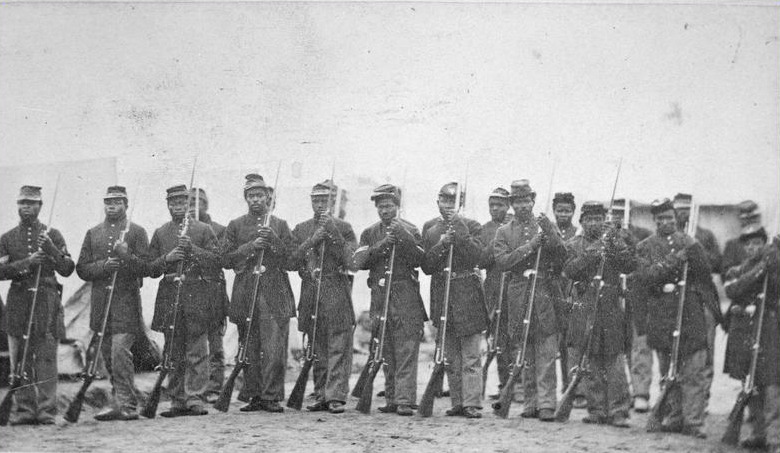
The civil war
Throughout the decades of enslavement brave fighters came forward to combat the slave masters and fight to end chattel slavery. Gabriel Prosser, Charles Deslondes, Denmark Vesey and Nat Turner organized major slave revolts. Hundreds of others built settlements in the swamps and dared the slave catchers to come for them.
When the Civil War broke out, nearly 200,000 Black men took up arms in the Union Army to fight to end chattel slavery. These soldiers were primarily field hands who had been biting at the bit to strike a blow for freedom.
During Reconstruction, Black former slaves, many of them field hands, became representatives of their people on all levels of government from US Senators to local government, championing radical reconstruction, equal rights and the upliftment of the freed people as they transitioned from chattel to wage workers.
The attempts of the freed people to implement their democratic changes were overthrown in 1876 when the Hayes-Tilden compromise allowed the plantation owners to return to political power. The Black laboring people were driven back into virtual slavery through newly created peonage laws and the development of the sharecropping system. Democracy was replaced with the Jim Crow system of racial apartheid that existed in the southern states until the modern civil rights movement.
The possibility that democracy could be established in the Confederate states was defeated when the rapidly developing capitalist regime in the north decided to abandon the battle to establish and defend democratic rights of the freed people. The Black nation in the Black Belt South, instead of developing along bourgeois lines with the right to develop its national economy, became an oppressed nation subject to state oppression meted out by the former plantation owners who now held state power all over the south.
The struggle against Jim Crow segregation and the reign of terror unleashed to roll back all the gains of Reconstruction consumed the efforts of the Black struggle for freedom. The Black bourgeois and petty-bourgeois leaders struggled over the best approach to win equal rights for the Black masses. Two contending trends developed. One view of accommodation to the apartheid conditions was advanced by Booker T. Washington, who argued that Black people should develop a strong economy and the white ruling class would eventually extend equal rights to the Black masses. The other view, represented by W.E. B. DuBois, was that Blacks should never abandon the fight for equal rights and should press the federal government to guarantee equal treatment for Blacks. Both views advanced the notion that the Black bourgeois class should lead the Black liberation struggle.
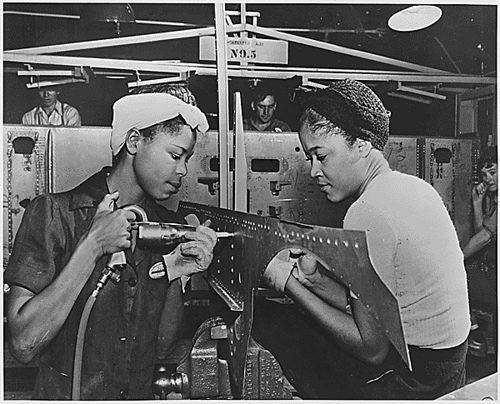
The Black proletariat strengthens
World War I caused the biggest internal shift and fissure in the Black liberation movement. Thousands of black soldiers were exposed to the war propaganda about fighting for freedom and democracy. This caused them to look at the conditions of the Black masses as a whole and to embrace radical trends developing in the world, especially the earth-shattering victory of the Russian Revolution. Additionally, many Blacks began the great migration to the north and west to take advantage of work in the factories. The Black working class began to see itself as exploited proletarians and part of the world struggle against capitalism. The first Black communist cadre were developed around the African Blood Brotherhood under the leadership of Cyril Briggs. The ABB called for the right to self-determination for the oppressed Black nation and the leadership of the Black working class.
World War II reinforced trends begun during WWI. During WWII there was a need for labor in the factories producing war materials. Black workers were needed in the factories. Millions abandoned the plantations of the South and landed in cities across the country. More Black soldiers fought overseas and came back ready to fight for full and equal citizenship rights. That period saw the growth of the Communist Party USA and the enrollment of thousands of Black workers. There began an effort to organize Black share croppers in the South. The CPUSA also gained wide support by their building support for the Scotsboro Boys, who had been falsely accused of rape. There was an open fight between the CPUSA, which championed the leadership of the Black workers, versus the NAACP forces, who championed the leadership of the Black bourgeois class.
The white supremacist capitalist ruling class promoted the leadership of the Black bourgeois and church leaders. The rulers would rather see a comprador class willing to accept capitalist society rather than a mass base for socialist revolution among Black workers.
By the early 1950s, the Black masses had rallied to the cause of ending racist discrimination and fighting for equal rights. The murder of Emmett Till; the victory against segregation in the Brown decision; and the Montgomery Bus Boycott served as catalysts for the Black liberation movement. This coupled with the awakening of the anti-colonial struggles of people of color worldwide. By 1960 Black student leaders came to the fore with militant actions to force an end to discrimination. Much of the leadership in this phase were church leaders and college students. The Black working class had yet to develop its own voice.
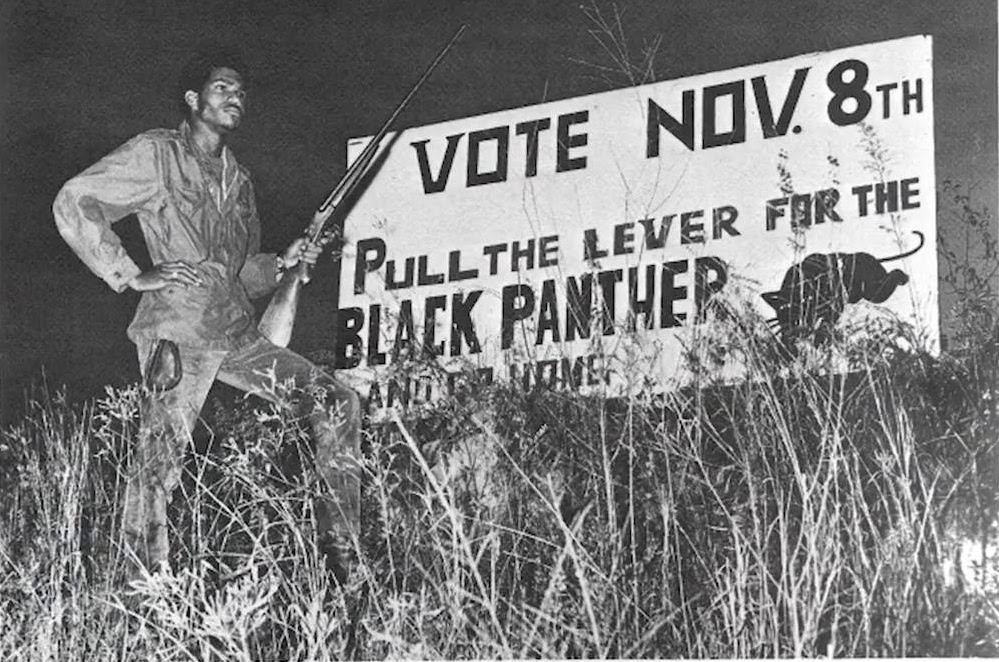
By 1963 a more impatient mood had developed among the Black masses. Dr. King and the other civil rights leaders developed the March on Washington demanding equal rights and an end to discrimination. In the inner city ghettos, the voice and program of the Black nationalist and Black Muslim leader Malcolm X began to challenge the integrationist, non-violent civil rights leadership. Black rebellions broke out in city after city from 1963 -1970. The Black Panther Party exploded onto the scene, calling for revolution, and held the loyalty of the militant Black youth. The BPP became the target of US government suppression which led to the destruction of the BPP as a revolutionary force by 1970.
Black workers lead
This period also saw the awakening of the Black workers as a distinct voice for Black workers with an anti-capitalist program. In Detroit and rapidly in factories all over the USA, Black workers launched Black caucuses and revolutionary union movement which challenged the capitalist factory owners and the racist union leadership. Hundreds of wildcat strikes were staged. The most conscious elements began studying Marxism and embraced the anti-revisionist communist movement. This movement held that the CPUSA had abandoned the revolutionary road and it was time to build a new communist party under revolutionary leadership. The slogan became “Black workers take the lead”. This spoke to the conclusion that only the Black working class had the interest of completely ending national oppression by the overthrow of capitalism.
This Black working class challenge to Black capitalist leadership came in a period where the US state declared war on the revolutionary movement by jailing some of its best fighters and by introducing crack cocaine in the inner city. The ruling class promoted the leadership of Jesse Jackson, Al Sharpton and Black Democratic Party elected officials.
400 years of struggle has shown that the complete liberation of the Black masses will only come about with the destruction of the racist capitalist state. The only class capable of promoting and working for this program is the Black working class. This will happen only if the class-conscious Black worker and communist organizations make organizing and developing the class struggle of Black workers the center of our revolutionary work.

